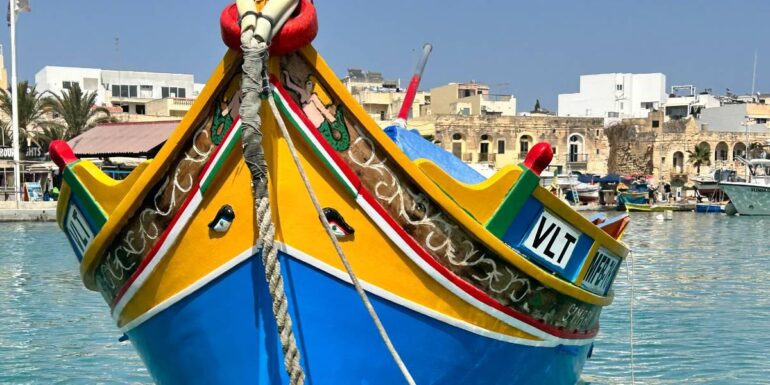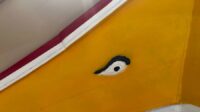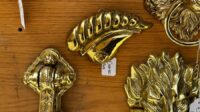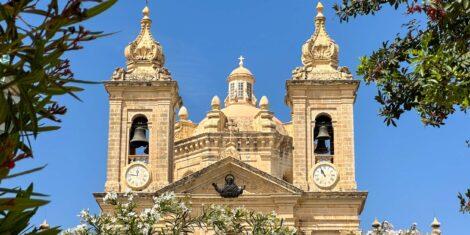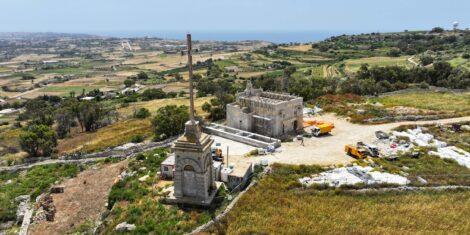Malta is a country with roots drenched in religious beliefs and traditional customs. It doesn’t take long to realize that much like many cultures, Maltese culture has always reserved space for the superstitious. One particular superstitious aspect was, and is somewhat still present in Maltese culture. That is the Evil Eye.
Now we can look at the new generations and say that that is slowly becoming a thing of the past. But, for many people still alive today, this was definitely not the case. Still, be it purgatorial promises, legends and tales of ghosts, or something as simple as ‘touching wood’, superstition can have a strong grip onto our minds. They even found a way in the technological age through ridiculous things such as chain-emails or chain-posts.
The Evil Eye Symbol
Throughout different cultures in the world the symbol of the ‘eye’ has very different meanings. Yet, for some reason there is a very strange mutual sense of fear attributed to it. Perhaps one of the most popular eye symbols is the eye of Ra.
Even here it is a daunting representation of the violent power of the god, who is said to have sent his daughter to destroy those who were not loyal to him. The eye here represents the devastation caused by the daughter of the god.

The Meaning of the Evil Eye
There are amulets dating back to 5000 B.C that are thought to have been talismans against this ‘curse’. The idea behind the ‘evil eye’ is essentially coming from envy. Hence, it makes sense that this concept is an age-old belief.
All kinds of animals, including humans, have to deal with a lack of resources at some point in their life. So in despair and frustration envy has the potential to take over, and sometimes even lead to horrible consequences.
Perhaps it is this connection that has solidified such a cautious awareness of ‘eye’ in so many different cultures.
The Arabic and Christian Influence on the Maltese Evil Eye
In Islamic Arabic cultures, and according to the Prophet Muhammed’s writings, the evil eye is a fact. Its power is unquestionable. Some muslims believe that you can give someone the ‘evil eye’ unconsciously, by just being envious of their life.
In fact, in some Islamic cultures, people say ‘Masha’Allah’ (which means ‘God has willed it’) when giving a compliment. This is done as a ‘safe way’ to give someone a compliment without it having any malevolent intention, even if it may be subconscious.
The ‘evil eye’ is also present in the Bible, in the accounts by St. Mark and St. Luke. Believing Christians tend to do the sign of the cross to ward off any malevolence that is being directed at them.
The ‘Evil Eye’ on the Islands
Malta was a part of the Kingdom of Sicily (Naples) and to this day, in Naples, the belief of the ‘evil eye’ exists very strongly. This overt awareness of such a belief may say a lot about the role of envy in a culture. It might also just be a custom which is still carried on for the sake of tradition.
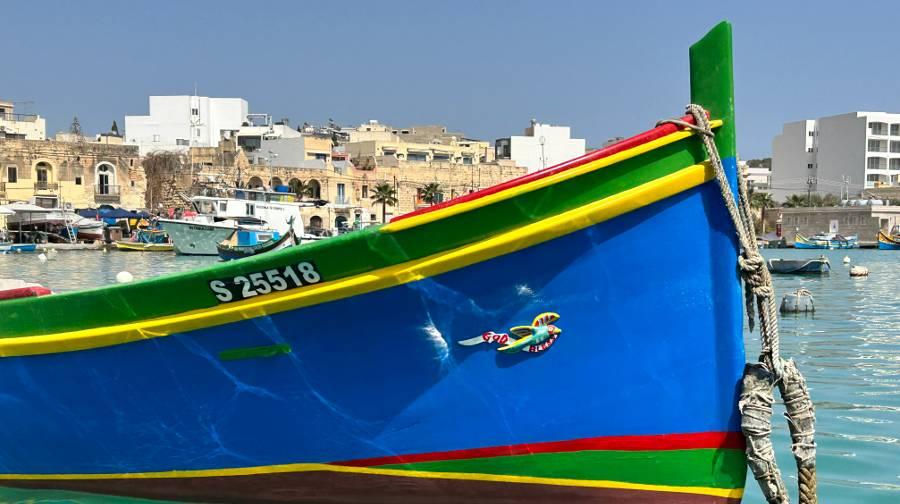
In this culture, the evil eye has also been seen as a wieldable power. It was used by all kinds of people, and even attributed to a Pope at one point!
Talismans and Counter Symbols
More so than the physical representation of the evil eye itself, what is strongly present in Naples is the counter-talisman of the little horn, the ‘cornicello’. It is literally everywhere, manifesting itself in all kinds of objects. From keychains, to fridge magnets, to earrings, necklaces, statues, tattoos, and so on.
In Malta this talisman was also incredibly popular at one point. Anyone who remembers the classic Maltese buses will remember walking onto one and seeing a dangling horn attached to the driver’s rear-view mirror. Sometimes, you could also see the painted eye on the front of these same buses.
The Horned Hand
On par with the horn, is also the horned hand sign (il-qrun). It is still used to ward off any potential curse.
As a child I remember walking with my grandmother and my younger brother in a pushchair. As people would stop and pass comments on how adorable my baby brother was, my grandmother would subtly make the horned-sign with her hand. When I asked her why this was she said she did it ‘just in case’ there was some sort of jinxing at work.

The Eye on the Luzzu
I left the most obvious one for the last.
The beautiful traditional Maltese Luzzu is incomplete without the two eyes on the front of the boat. The reason for this is slightly different but coming from the same point of departure. It is in itself used to ward off storms and natural catastrophes. Much like the Neapolitan belief, in Maltese culture it seems that in the fishing community, the ‘eye’ can also be seen as a deterrent of evil spirits.
Interestingly the belief in Gozo is somewhat different. Supposedly Gozitans believed that the eyes animated the boats. This gave them a life of their own and a sense of self-guidance on the seas.
This could also be connected to the Egyptian legacy of the eye. Apart from Ra, the Egyptians also had the eye of Horus, which unlike the latter was a symbol of health, wisdom and prosperity.
